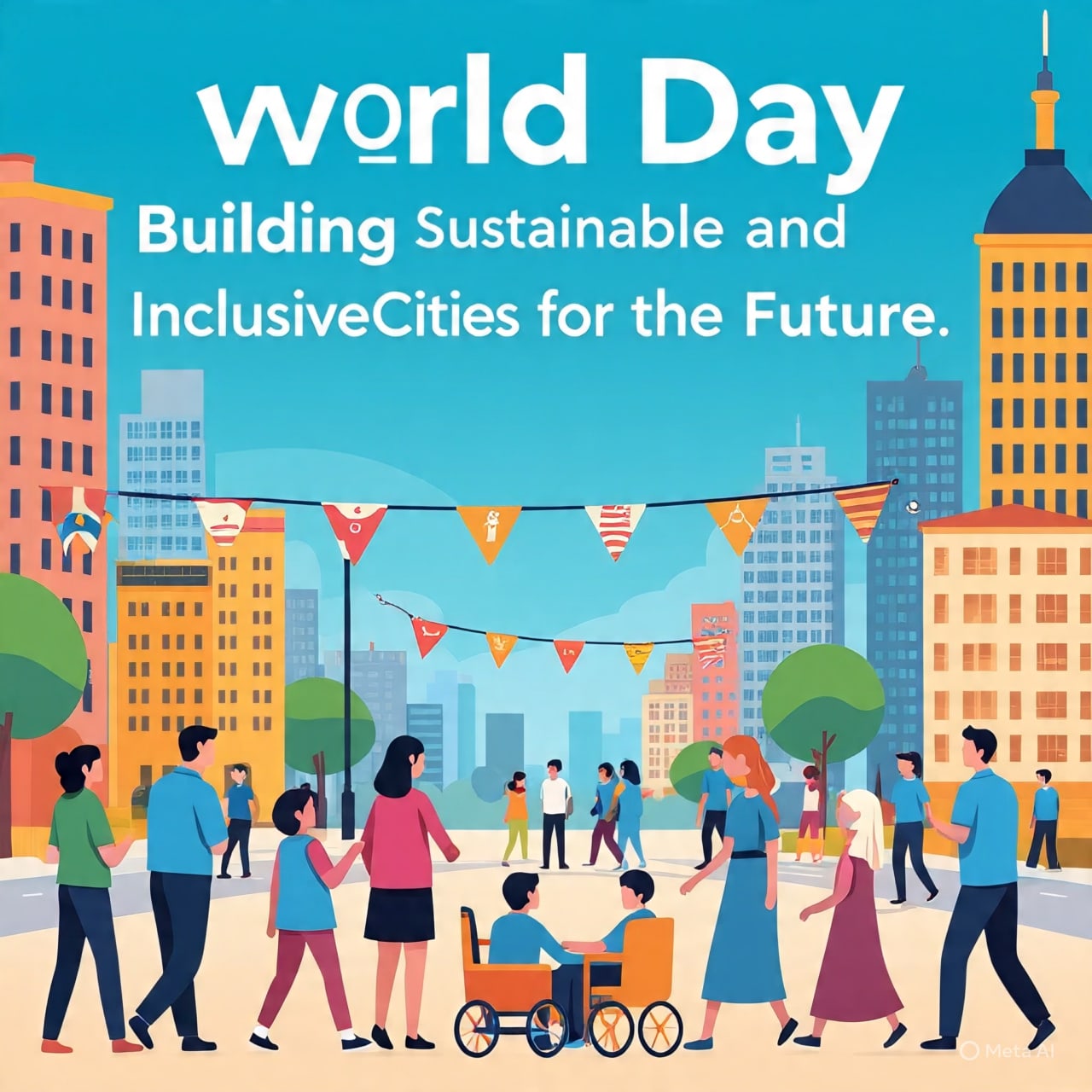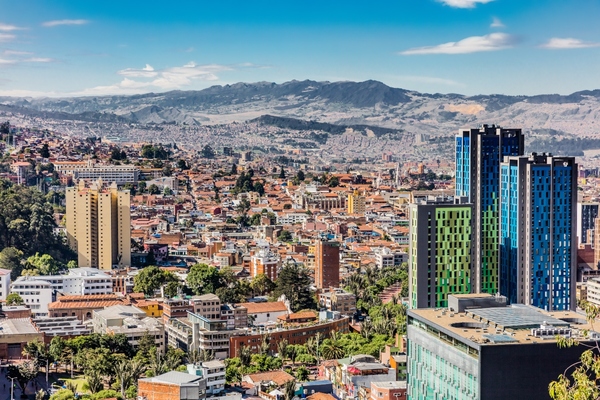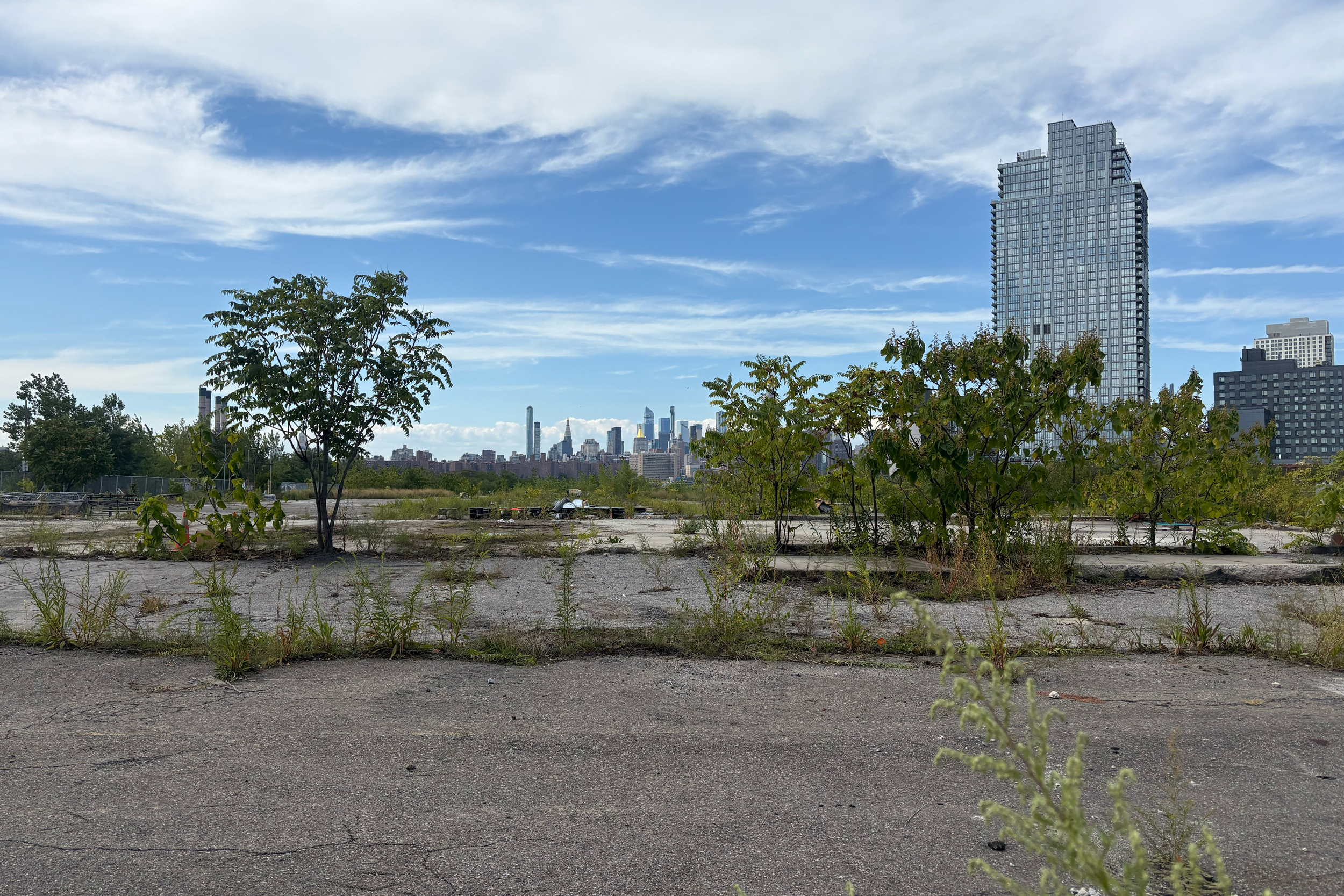Report on Farmworker Housing Crisis in Ventura County and Alignment with Sustainable Development Goals
Executive Summary
This report analyzes the critical housing shortage affecting the farmworker population in Ventura County, California. The situation presents a complex challenge that directly intersects with several United Nations Sustainable Development Goals (SDGs). Economic instability, inadequate living conditions, and systemic inequalities for this essential workforce threaten the region’s agricultural economy and progress toward sustainable development. This analysis frames the issue within the context of SDG 1 (No Poverty), SDG 8 (Decent Work and Economic Growth), SDG 10 (Reduced Inequalities), and SDG 11 (Sustainable Cities and Communities), while also considering the tension with SDG 15 (Life on Land).
Socio-Economic Conditions: A Challenge to SDG 1 and SDG 8
Economic Precarity and SDG 1: No Poverty
The financial situation for farmworkers in Ventura County is precarious, directly undermining the objectives of SDG 1.
- Annual median incomes for farmworkers are reported to be well below $25,000.
- The average monthly rent in the county, exceeding $2,500, is often greater than a farmworker’s entire monthly take-home pay.
- This severe income-to-rent disparity forces families into a cycle of debt and financial instability, preventing economic mobility.
Contribution to Economic Growth and SDG 8: Decent Work and Economic Growth
The stability of the farmworker community is essential for the region’s economic health, a core tenet of SDG 8.
- Farmworkers are the foundation of Ventura County’s $2 billion-a-year agricultural sector.
- The lack of affordable and decent housing contributes to workforce attrition, as workers are forced to relocate to more affordable regions.
- Providing adequate living conditions is a fundamental component of ensuring decent work and sustaining the economic growth of the agricultural industry.
The Housing Deficit: An Obstacle to SDG 11: Sustainable Cities and Communities
Inadequate and Unaffordable Housing
The housing crisis in Ventura County represents a direct failure to meet the targets of SDG 11, which calls for access to adequate, safe, and affordable housing for all.
- Unaffordability: The county is recognized as one of the least affordable housing markets in the United States.
- Overcrowding: Over 70% of farmworkers surveyed live in overcrowded conditions, with multiple families frequently sharing dwellings intended for one.
- Insufficient Supply: For a farmworker population of approximately 36,000, fewer than 2,000 affordable housing units have been built or planned over the last two decades.
Policy Interventions and Progress Towards Sustainable Housing
Legislative Frameworks and Development Initiatives
Recent policy changes and development projects mark progress toward addressing the housing deficit and aligning with SDG 11.
- A 2016 exemption to the “Save Open-Space and Agricultural Resources” (SOAR) initiative now permits the construction of farmworker housing on protected agricultural land without a public vote, streamlining development.
- State-level initiatives, such as California’s farmworker-housing grant program, have committed significant funding to create thousands of new units.
- The Somis Ranch development, a 360-unit project, serves as a key example of progress, offering rents substantially below the market average and providing quality housing for hundreds of families.
Addressing Systemic Barriers and SDG 10: Reduced Inequalities
Exclusion of Undocumented Workers
A significant barrier to achieving equitable housing access relates to immigration status, a direct challenge to SDG 10.
- A large percentage of the farmworker population in Ventura County is undocumented.
- Most federally funded housing assistance programs explicitly exclude undocumented individuals, creating a systemic barrier to accessing affordable housing.
- This exclusion perpetuates inequality and leaves the most vulnerable segment of the workforce without support.
Inclusive Housing Models as a Solution
Projects that adopt inclusive policies are critical for reducing inequality.
- The Somis Ranch development is accessible to farmworkers regardless of their immigration status.
- This model provides a blueprint for achieving SDG 10 by ensuring that housing solutions serve the entire community, particularly those marginalized by federal policy.
Balancing Development and Environmental Protection: The Intersection of SDG 11 and SDG 15
Conflict Over Land Use
The effort to build more housing has created a conflict between two core sustainable development principles: providing shelter and preserving land.
- SDG 15 (Life on Land): The SOAR initiative was originally created to protect agricultural lands and open spaces from development, aligning with goals for sustainable land management.
- SDG 11 (Sustainable Cities and Communities): The urgent need for housing necessitates building on available land, which is often zoned for agriculture.
- Community Opposition: The proposed Ventura Ranch project illustrates this tension, facing opposition from residents concerned about the loss of agricultural land, development density, and environmental risks such as fire hazards. This highlights the challenge of reconciling competing SDG priorities at the local level.
Conclusion and Forward Outlook
The farmworker housing crisis in Ventura County is a complex issue at the nexus of multiple Sustainable Development Goals. Addressing it requires an integrated approach that recognizes the following:
- The fundamental link between decent housing (SDG 11) and the reduction of poverty (SDG 1).
- The importance of a stable, safely housed workforce for sustainable economic growth (SDG 8) and food security (SDG 2).
- The necessity of creating inclusive policies that reduce inequalities for vulnerable populations (SDG 10).
- The ongoing need to balance housing development with the responsible stewardship of agricultural and natural lands (SDG 15).
Future success will depend on continued policy innovation, inclusive development models, and constructive dialogue to resolve conflicts between community, economic, and environmental objectives.
Analysis of Sustainable Development Goals (SDGs) in the Article
1. Which SDGs are addressed or connected to the issues highlighted in the article?
- SDG 1: No Poverty – The article highlights the financial struggles and low income of farmworkers, which puts them at risk of poverty.
- SDG 8: Decent Work and Economic Growth – The article discusses the working conditions, fluctuating pay of farmworkers, and their essential role in the region’s agricultural economy.
- SDG 10: Reduced Inequalities – The article focuses on the specific vulnerabilities of farmworkers, particularly undocumented migrants who face discrimination and exclusion from housing programs.
- SDG 11: Sustainable Cities and Communities – This is the central theme, focusing on the lack of affordable, adequate, and safe housing for a specific segment of the community.
2. What specific targets under those SDGs can be identified based on the article’s content?
-
SDG 1: No Poverty
- Target 1.2: By 2030, reduce at least by half the proportion of men, women and children of all ages living in poverty. The article directly addresses this by describing the financial precarity of farmworkers, whose “annual median incomes well below $25,000” make it impossible to afford basic necessities like rent, forcing them into a “cycle of IOUs.”
- Target 1.4: By 2030, ensure that all men and women, in particular the poor and the vulnerable, have equal rights to economic resources, as well as access to basic services. The lack of affordable housing is a denial of access to a basic service. The article illustrates this with the story of Chepe, who had to leave his community to find affordable rent.
-
SDG 8: Decent Work and Economic Growth
- Target 8.5: By 2030, achieve full and productive employment and decent work for all. The article points to a lack of decent work through its mention of “fluctuating work hours and pay” for farmworkers, which contributes to their financial instability.
- Target 8.8: Protect labour rights and promote safe and secure working environments for all workers, including migrant workers. The article highlights the insecure environment for undocumented farmworkers, noting that “the Trump administration’s ICE raids increasingly impacting the financial situation” and causing families to lose income when members are detained.
-
SDG 10: Reduced Inequalities
- Target 10.2: By 2030, empower and promote the social, economic and political inclusion of all, irrespective of… origin, economic or other status. The article details how undocumented farmworkers are excluded, stating, “many developments exclude farmworkers who lack permanent legal status” and “Most federally funded rental and housing assistance programs exclude undocumented people.”
- Target 10.3: Ensure equal opportunity and reduce inequalities of outcome, including by eliminating discriminatory policies. The article shows efforts to counter this inequality, noting that the Somis Ranch development “is open to farmworkers regardless of immigration status,” directly addressing a policy-driven inequality of outcome.
-
SDG 11: Sustainable Cities and Communities
- Target 11.1: By 2030, ensure access for all to adequate, safe and affordable housing and basic services. This is the core issue of the article. It describes farmworkers living in “unaffordable, overcrowded and substandard conditions.” It contrasts the average rent of “$2,500” with the new affordable units at Somis Ranch, which are advertised for “$1,350” for a one-bedroom.
- Target 11.3: By 2030, enhance inclusive and sustainable urbanization and capacity for participatory, integrated and sustainable human settlement planning. The article discusses the complex planning challenges in Ventura County, specifically the “Save Open-Space and Agricultural Resources” (SOAR) initiative and the 2016 exemption that made it “easier to build farmworker housing on agricultural land.”
3. Are there any indicators mentioned or implied in the article that can be used to measure progress towards the identified targets?
- Proportion of population living in inadequate or overcrowded housing (Indicator 11.1.1): The article explicitly states, “More than 70% of the farmworkers surveyed live in overcrowded housing.” It provides anecdotal evidence, such as one family of four sharing a home with two other families for a total of 10 people, and another family of seven sharing a two-bedroom unit with two brothers.
- Housing cost burden: The article provides data to measure this. It states the “average monthly rent now exceeds $2,500,” while farmworkers’ “average monthly take-home pay often below $2,000.” This demonstrates that rent alone exceeds the entire income for many, a clear indicator of severe housing cost burden.
- Number of affordable housing units built: Progress is measured by the number of new units. The article mentions the “Somis Ranch, a 360-unit affordable housing development,” and a second proposed project, “Ventura Ranch,” which would add “328 units.” It also notes that California’s grant program has funded “more than 4,000 units” in the past six years.
- Income levels relative to poverty lines (Indicator 1.2.1): The article states that local farmworkers have reported “annual median incomes well below $25,000.” This figure can be directly compared to national and state poverty thresholds to measure the proportion of this population living in poverty.
- Policies promoting inclusion: The article implies an indicator for Target 10.3 by contrasting discriminatory policies with inclusive ones. It notes that “Most federally funded rental and housing assistance programs exclude undocumented people,” while the new Somis Ranch project “is open to farmworkers regardless of immigration status.” The number of housing projects with such inclusive policies serves as a measure of progress.
4. Table of SDGs, Targets, and Indicators
| SDGs | Targets | Indicators |
|---|---|---|
| SDG 1: No Poverty | 1.2: Reduce poverty in all its dimensions. 1.4: Ensure access to basic services for the poor and vulnerable. |
– Annual median income of farmworkers (“well below $25,000”). – Inability to afford rent, leading to a “cycle of IOUs.” |
| SDG 8: Decent Work and Economic Growth | 8.5: Achieve full employment and decent work for all. 8.8: Protect labour rights and promote safe working environments for all workers. |
– Mention of “fluctuating work hours and pay.” – Financial insecurity exacerbated by ICE raids and detention of working family members. |
| SDG 10: Reduced Inequalities | 10.2: Promote the social and economic inclusion of all. 10.3: Ensure equal opportunity and eliminate discriminatory policies. |
– Exclusion of undocumented workers from “most federally funded rental and housing assistance programs.” – Policy of new developments like Somis Ranch being “open to farmworkers regardless of immigration status.” |
| SDG 11: Sustainable Cities and Communities | 11.1: Ensure access for all to adequate, safe and affordable housing. 11.3: Enhance inclusive and sustainable human settlement planning. |
– Proportion of farmworkers in overcrowded housing (“More than 70%”). – Rent-to-income disparity (average rent “$2,500” vs. monthly income “below $2,000”). – Number of new affordable units built (e.g., Somis Ranch with 360 units). – Policy changes to land use (2016 SOAR exemption). |
Source: hcn.org







